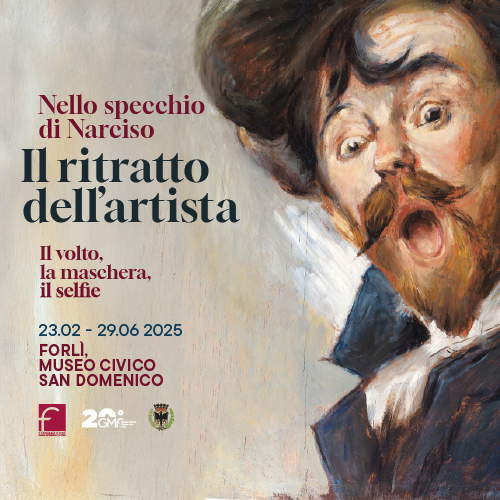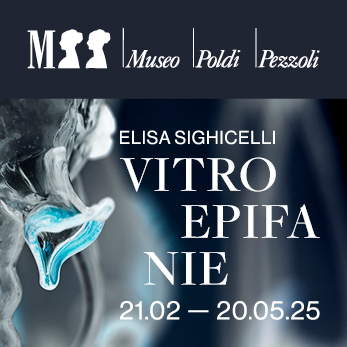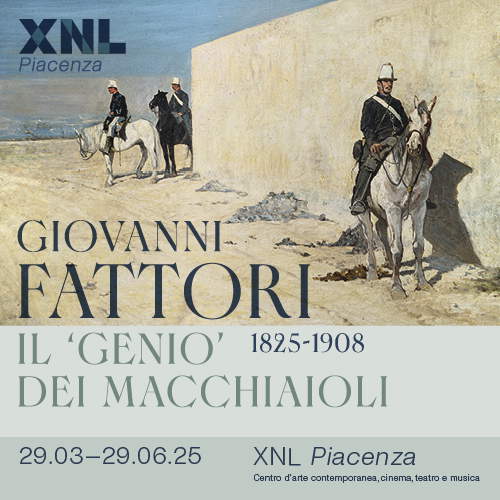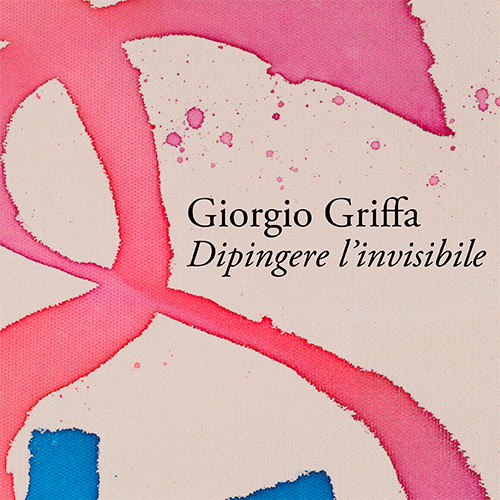Renato Paresce and the Italiens de Paris: a journey through twentieth-century art
A journey through the early 20th century Parisian art scene is the focus of the exhibition Renato Paresce and Les Italiens de Paris, curated by Stefano De Rosa and sponsored by the Osvaldo Licini Study Center, the Municipality of Monte Vidon Corrado and the Fondazione Cassa di Risparmio di Jesi. The exhibition, divided into two stages, will be hosted from March 2 to May 4, 2025 at the Osvaldo Licini House Museum in Monte Vidon Corrado (Fermo) and from May 16 to September 14, 2025 in the rooms of Palazzo Bisaccioni in Jesi (Ancona).
The itinerary reconstructs the artistic career of Renato Paresce, cosmopolitan painter and intellectual, and the cultural ferment that saw him as a protagonist in Paris, alongside De Chirico, Severini, Campigli, de Pisis and Tozzi.
Paresce and Licini: two destinies that brushed up against each other.
Inspiring the exhibition is the bond, more ideal than direct, between Osvaldo Licini and Renato Paresce. The two artists never met, but they shared the experience of the Parisian scene and were both featured in the historic exhibition Les artistes italiens de Paris, organized in 1928 at the Salon de l’Escalier. While Licini pursued an independent path, Paresce became part of the group known as Italiens de Paris, which exhibited until 1933 in prestigious international shows.
The exhibition presents about 30 works, from a private collection in the Marche region of Italy, documenting Paresce’s creative parabola between 1913 and 1931, from his post-impressionist beginnings to his artistic maturity, marked by a personal and sophisticated language. Renato Paresce (Carouge, 1886 - Paris, 1937) embodies the restlessness and cultural ferment of the early 20th century. Born in Switzerland to a Palermo father and a Russian mother, he had an education rich in international stimuli, with stays in Moscow, Florence, London and Paris. A physics graduate, he was also a journalist, art critic and self-taught painter.
In Paris, where he settled in 1912, he came into contact with artists such as Picasso, Modigliani, Diego Rivera and Max Jacob, frequenting the famous cafes of the Left Bank. Moving to London during World War I, he returned to the French capital in 1927, at the height of the avant-garde ferment. Italian critics began to recognize his value in the 1920s, thanks to the interest of Margherita Sarfatti, who included him in exhibitions of the Italian Novecento, and to Antonio Maraini, who in 1928 entrusted him with the care of a room devoted to the École de Paris at the Venice Biennale, where he also exhibited in 1930, 1932 and 1934.
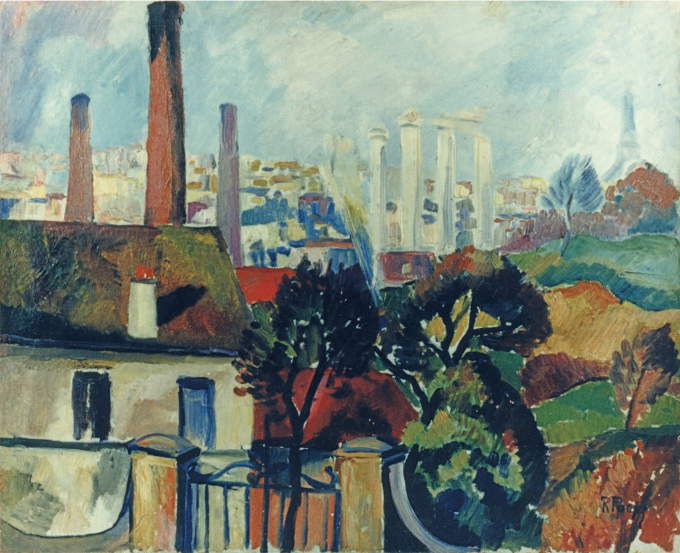
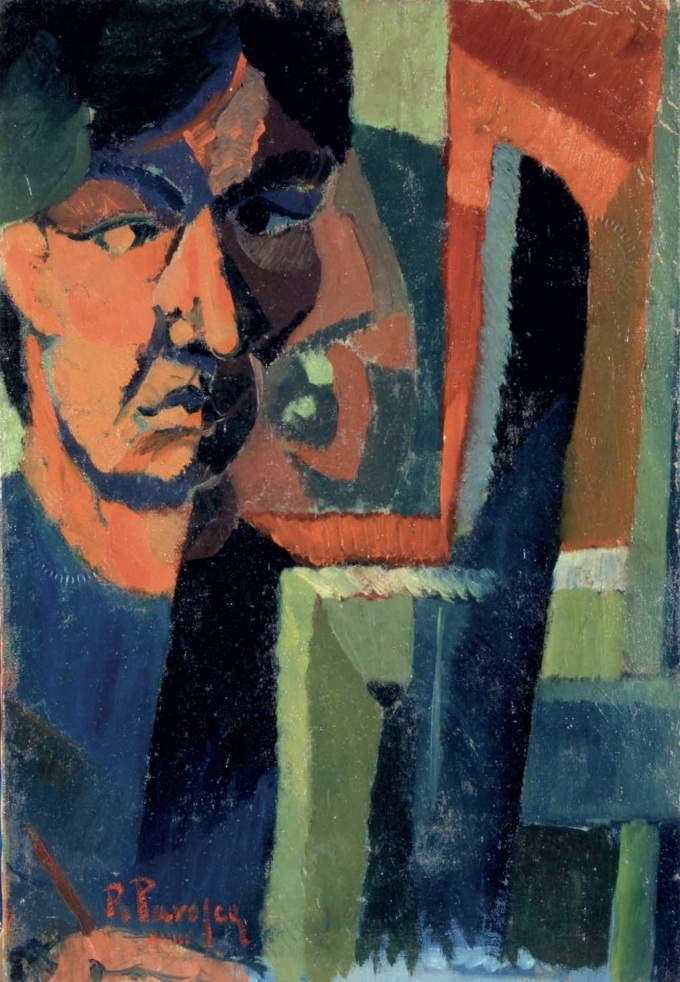
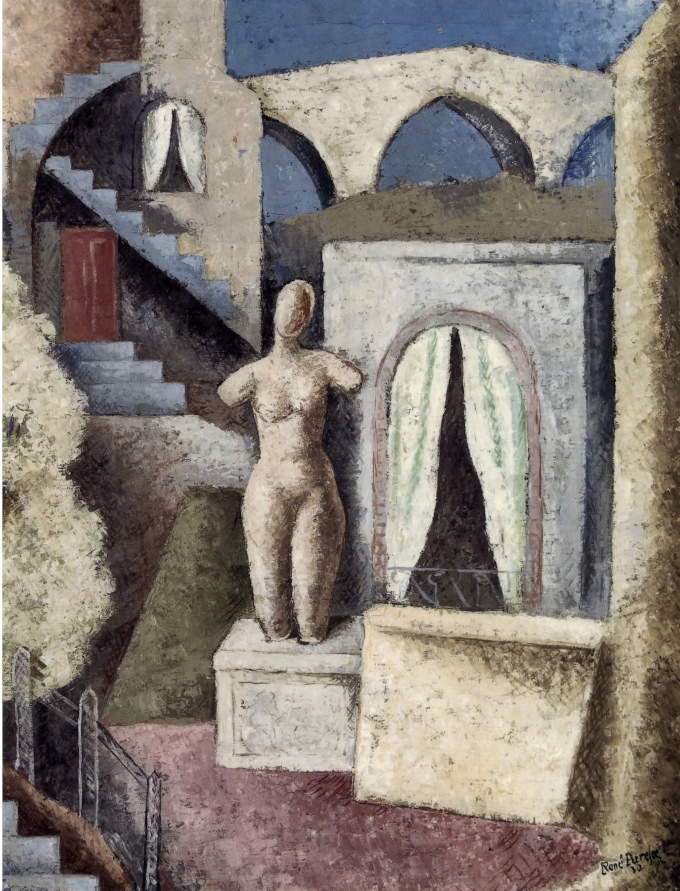
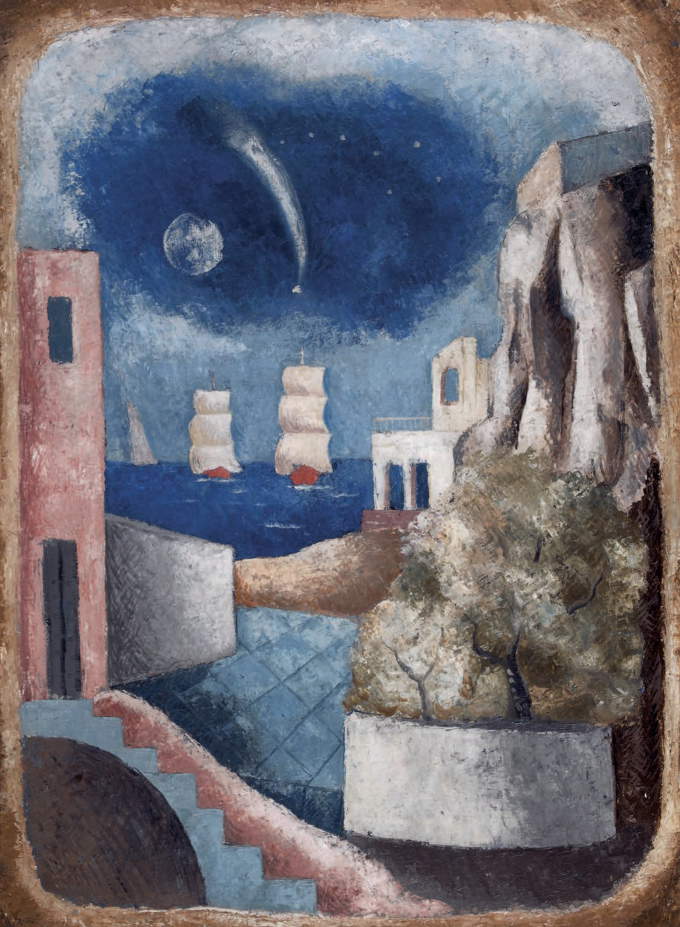
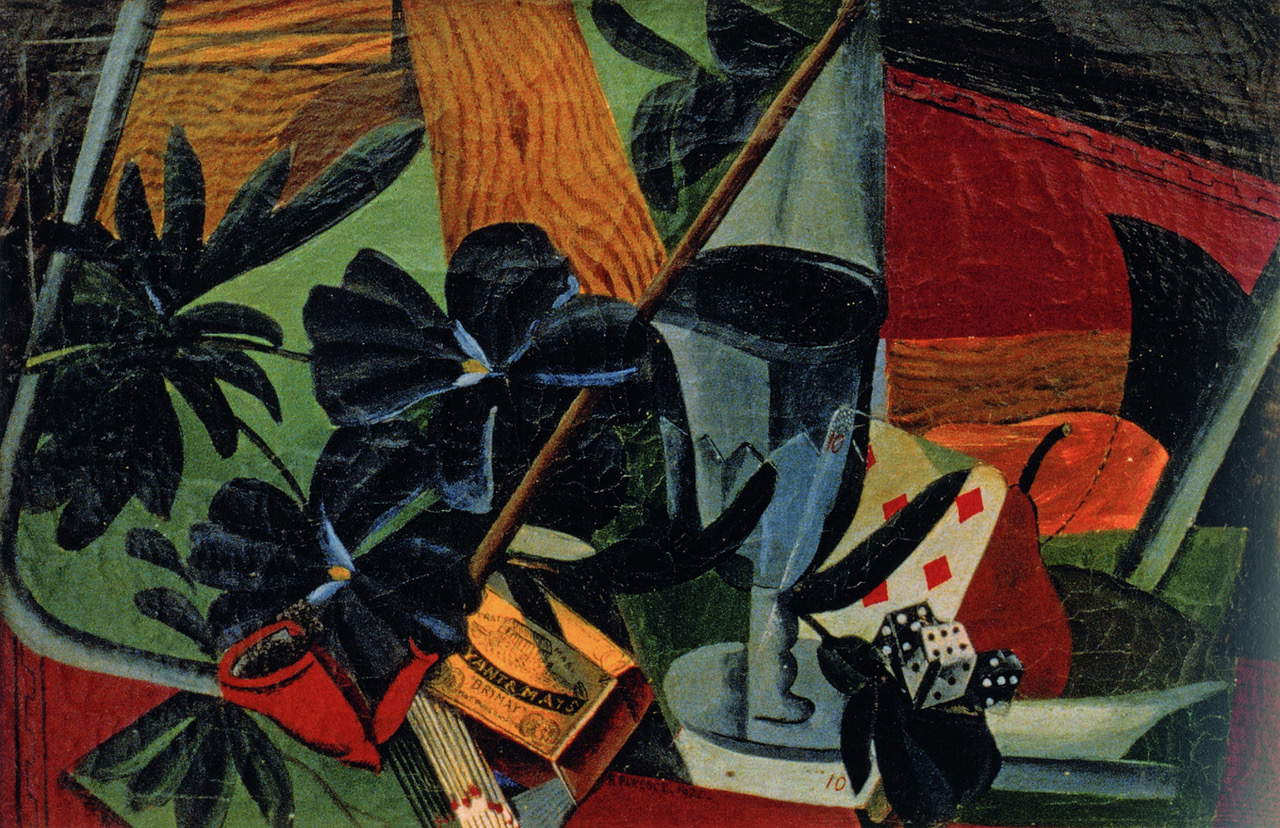
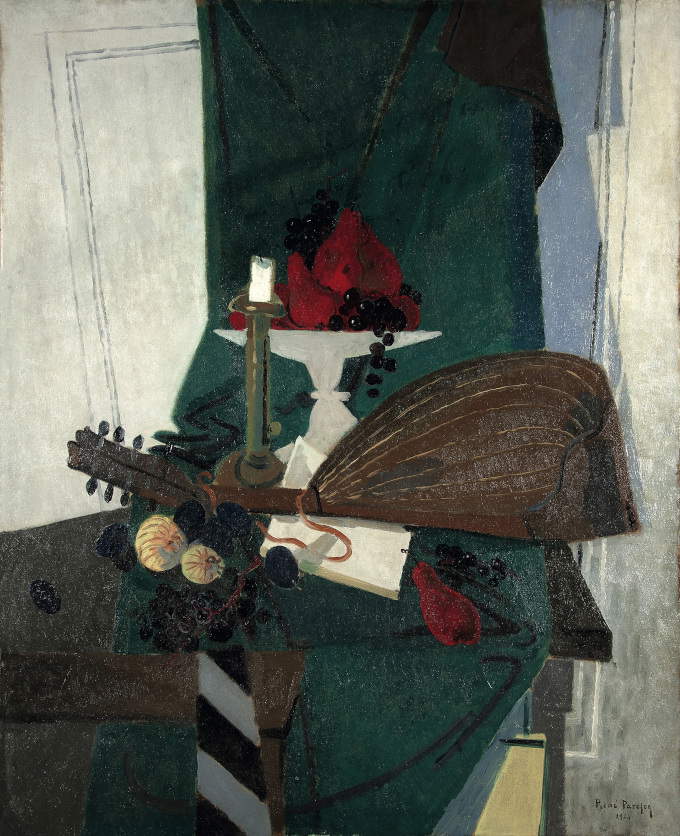
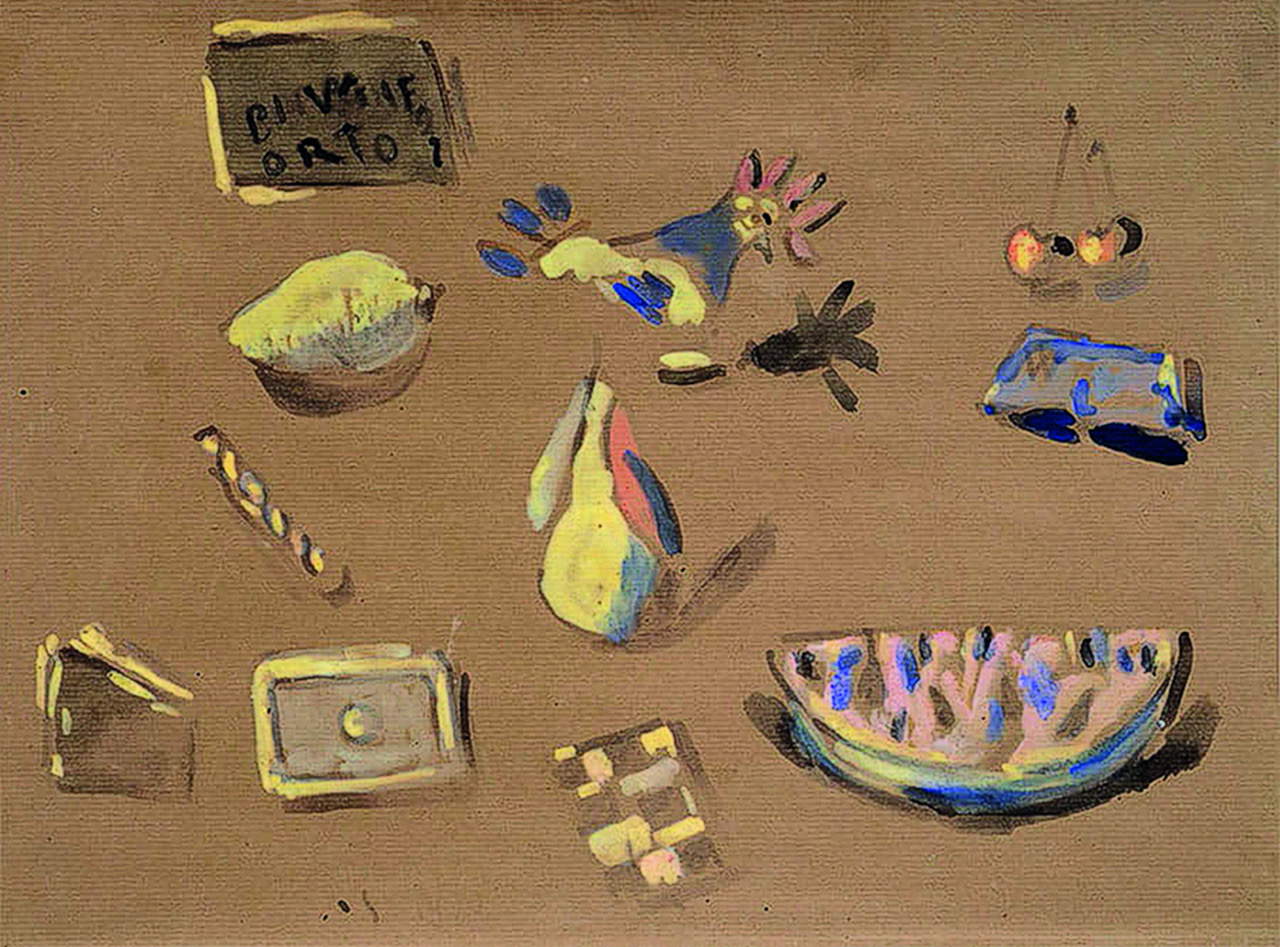
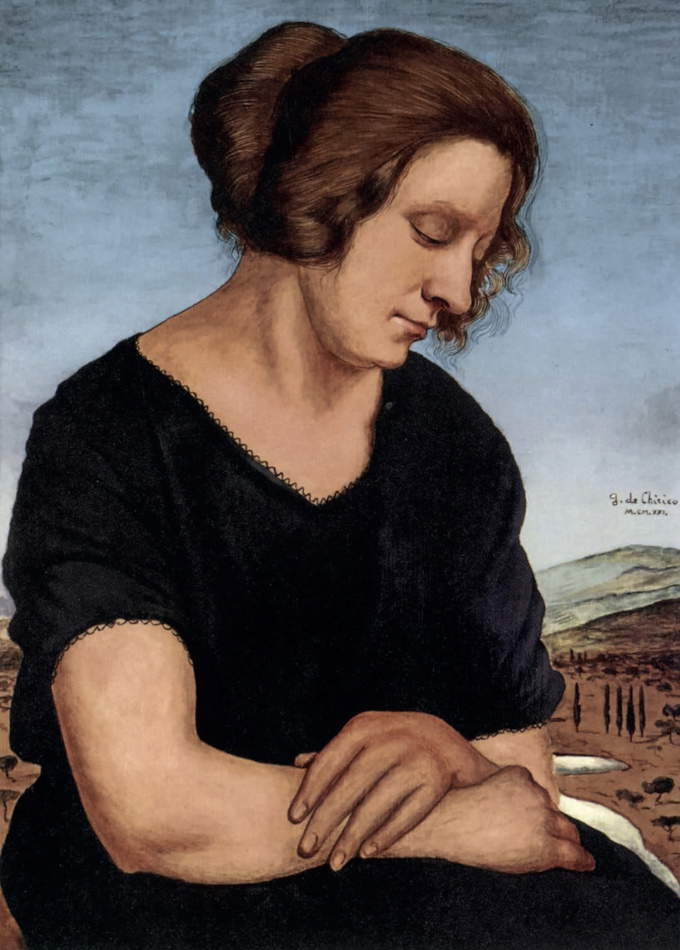
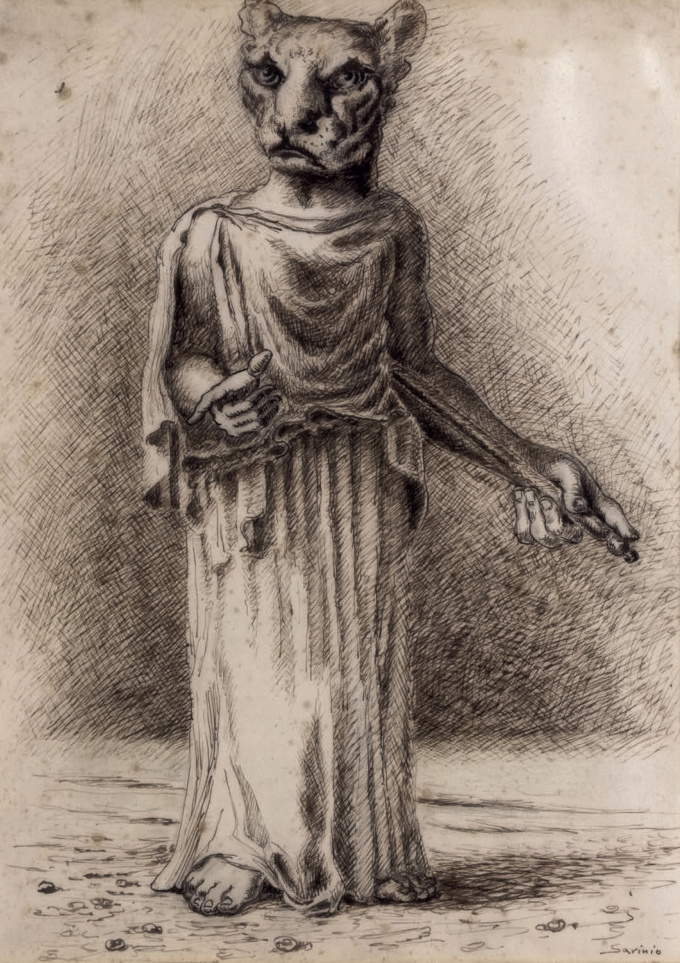
An itinerary between the avant-garde and experimentation
The exhibition itinerary follows the evolution of Paresce’s pictorial language. It starts with The Barge (1913), a sign of his first encounter with Impressionism, and moves on to works such as Le Moulin de la Galette, where the brushstroke becomes more constructive. Fauvism emerges in the landscapes of 1917, while The View of Paris (1918) represents, according to the curator, one of the pinnacles of his production in the 1910s. Of particular interest are the two portraits, including Portrait Fauve (1918), which shows the transition from Cézanne-esque painting to greater chromatic expressiveness.
The second decade of the twentieth century is the most represented in the exhibition, marking the abandonment of Fauvism and the rapprochement with Cubism, with still lifes and landscapes testifying to the tension between modernity and tradition. Among the most significant works is a gouache from 1928, a prelude to Paresce’s best-known period, that of the Venetian Biennales and exhibitions with the Italiens de Paris group. The itinerary closes with Composition with Statue (1930), a work that anticipates his more mature style of rarefied and surreal atmospheres, with references to metaphysical painting. La Comète (1931), a seascape with a strong symbolic charge, represents the last chapter of Paresce’s production.
Alongside Paresce’s works, the exhibition devotes a section to the Italiens de Paris, the group of Italian artists active in the French capital in the 1920s and 1930s. Among the most significant works on display are a Portrait of a Lady by Giorgio De Chirico (1921), Gino Severini’s Portrait of Marina Severini from the late 1930s, and a Metaphysical Capriccio by Filippo de Pisis (1918-1920). These works offer a glimpse of the extraordinary artistic season experienced by Italians in Paris, including Cubist and Metaphysical influences and references to the Italian painting tradition. Thus, thanks to the collaboration between the Osvaldo Licini Study Center, the Municipality of Monte Vidon Corrado and the Fondazione Cassa di Risparmio di Jesi, the public can immerse itself in a narrative that interweaves art, history and culture, bringing to light a fundamental chapter of European pictorial modernity.
 |
| Renato Paresce and the Italiens de Paris: a journey through twentieth-century art |
Warning: the translation into English of the original Italian article was created using automatic tools. We undertake to review all articles, but we do not guarantee the total absence of inaccuracies in the translation due to the program. You can find the original by clicking on the ITA button. If you find any mistake,please contact us.





